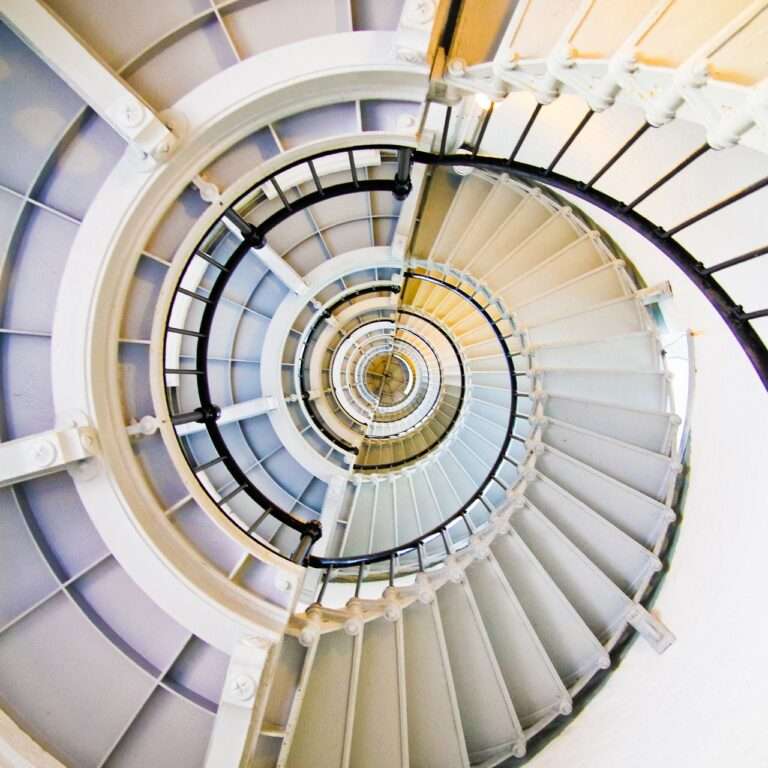Content Section
- Introduction
- Sundials: The Dawn of Timekeeping
- Water Clocks: The Fluid Passage of Time
- Hourglasses: Visual Time Measurement
- Mechanical Clocks: The Revolution of Timekeeping
- Pendulum Clocks: The Precision of Motion
- Atomic Clocks: The Pinnacle of Accuracy
- Digital Clocks: The New Age of Timekeeping
- Comparative Analysis of Timekeeping Tools
- Cultural Significance of Timekeeping Devices
- Future Directions in Time Measurement
- Conclusion
Introduction
The measurement of time has significantly influenced human civilization throughout history. From the earliest sundials that harnessed the sun’s power to intricate atomic clocks that define our modern world, tools for timekeeping have evolved dramatically. This article dives into the various inventions and technologies that have shaped our understanding and use of time, showcasing how each tool reflects the needs and values of its era.
Sundials: The Dawn of Timekeeping
Sundials mark one of the earliest known methods to measure time using the sun’s position.
- Basic Design: A sundial functions through a flat plate (the dial) and a gnomon, a stick or raised element casting a shadow. As the sun moves across the sky, the shadow indicates the time of day.
- Historical Significance: Dating back to around 1500 BCE in Babylon and later refined in Egypt, sundials were the primary timekeeping devices for centuries, offering civilizations a way to coordinate daily activities and religious ceremonies.
- Cultural Variations: Different cultures adapted sundials to their unique environments. The Egyptians utilized shadow lengths, while the Greeks created complex designs that could be used in varying latitudes.
Water Clocks: The Fluid Passage of Time
Water clocks, or clepsydras, emerged as innovative timekeeping tools in ancient civilizations.
- Operation: Water flows from one container to another at a consistent rate, with the amount of water indicating the passage of time. They were less dependent on sunlight than sundials.
- Origins and Use: Used in ancient Egypt, Greece, and China, water clocks measured time in judicial settings, allowing for fair speech durations during trials.
- Symbolism: The steady flow of water served as a metaphor for the fluid and continuous nature of time, prompting philosophical reflections on existence.
Hourglasses: Visual Time Measurement
Hourglasses represent a fascinating evolution in timekeeping.
- Structure and Function: Comprising two glass bulbs connected by a narrow neck, hourglasses measure time as sand flows from the upper bulb to the lower one, typically measured in minutes.
- Historical Context: While the exact origin is uncertain, hourglasses became popular during the Middle Ages for tasks like cooking, navigating, and timing presentations. They symbolize a more portable solution than previous devices.
- Cultural Impact: Hourglasses not only served practical purposes but also influenced language and literature, giving rise to expressions like “time’s sands.”
Mechanical Clocks: The Revolution of Timekeeping
The advent of mechanical clocks marked a pivotal moment in timekeeping.
- Development and Mechanism: Emerging in the late 13th century, these clocks utilized gears and weights, offering more precise measurements than prior devices.
- Design Innovations: The introduction of the escapement mechanism allowed clocks to regulate their movements consistently, leading to smaller, more accurate timekeeping devices.
- Public Clocks: Mechanical clocks began appearing in town squares, marking the transition to public time awareness, affecting daily life, work schedules, and societal organization.
Pendulum Clocks: The Precision of Motion
Pendulum clocks represented a leap forward in accuracy.
- Invention: Dutch scientist Christiaan Huygens invented the pendulum clock in 1656, introducing the pendulum as a governing mechanism for timekeeping.
- Accuracy Improvement: Pendulum clocks could maintain accuracy within seconds over days. This revolutionized navigation and scientific measurements, aligning timekeeping with increased precision needed during the Age of Exploration.
- Cultural Significance: Pendulum clocks became status symbols and decorative pieces in homes, reflecting both technological advancement and societal values around time.
Atomic Clocks: The Pinnacle of Accuracy
Atomic clocks represent the cutting-edge of timekeeping technology.
- Mechanism: Based on the vibrations of atoms, atomic clocks measure time with astounding precision, accurate to within one second over millions of years.
- Applications: Used in global positioning systems (GPS), telecommunications, and scientific research, atomic clocks have become essential in our interconnected world, providing the foundation for modern timekeeping standards.
Standards of Time: The International System of Units (SI) defines the second based on the vibrations of cesium atoms, establishing atomic clocks as the most reliable timekeeping devices.
Future Implications: With ongoing advancements in quantum technology, atomic clocks may soon become even more precise, potentially influencing navigation, communication, and our fundamental understanding of physics.
Digital Clocks: The New Age of Timekeeping
The rise of digital clocks has transformed how we perceive and interact with time.
- Transition to Digital: With the advent of electronics in the late 20th century, digital clocks emerged, offering users easy-to-read time displayed on liquid crystal or LED screens.
- Features: Many digital clocks include additional functionalities such as alarms, timers, and the ability to sync with the internet for automatic updates, making them versatile tools in our daily lives.
- Cultural Shift: The shift to digital timekeeping reflects the rapid pace of modern life, emphasizing efficiency and convenience while also changing social rhythms and expectations regarding time.
Comparative Analysis of Timekeeping Tools
The evolution of timekeeping tools demonstrates the interplay between technological advancement and societal needs.
| Timekeeping Tool | Functionality | Accuracy | Cultural Impact |
|---|---|---|---|
| Sundials | Solar position | Variable | Coordinated social and agricultural activities |
| Water Clocks | Fluid gravity | Moderate | Legal and philosophical exploration |
| Hourglasses | Sand flow | Limited | Symbolic representation of time |
| Mechanical Clocks | Gears and weights | High | Public time awareness and regulation of daily life |
| Pendulum Clocks | Oscillating mechanism | Very high | Advances in science and navigation |
| Atomic Clocks | Atomic vibrations | Extremely high | Foundation for modern precision and technology |
| Digital Clocks | Electronic display | High | Speed and convenience in everyday life |
Cultural Significance of Timekeeping Devices
Timekeeping devices have held profound cultural significance throughout history.
- Religious and Spiritual Aspects: Many cultures tied timekeeping to religious observances, using calendars to dictate rituals and celebrations. Sundials and water clocks often marked significant spiritual events, reinforcing communal bonds.
- Artistic Representations: Many timekeeping devices became artistic symbols. Hourglasses, for example, often represented the transient nature of life in literature and art, serving as a reminder of mortality.
- Societal Organization: Accurate timekeeping facilitated urbanization and industrialization, leading to changes in labor, leisure, and social organization. Public clocks became central to community life, reflecting societal values regarding punctuality and order.
Future Directions in Time Measurement
The future of timekeeping continues to evolve with advancements in technology and science.
- Quantum Clocks: Emerging research on quantum clocks promises to enhance accuracy further, potentially redefining time standards and impacting technologies reliant on precise timekeeping.
- Integration with Technology: As smart devices become more prevalent, timekeeping tools are likely to integrate with artificial intelligence, allowing for more personalized time management solutions.
- Philosophical Reflections: The ongoing evolution of timekeeping raises questions about our perception of time. As technology shapes how we measure and understand time, societies must consider what these changes mean for human experience and societal well-being.
Conclusion
The journey of timekeeping tools, from ancient sundials to modern atomic clocks, illustrates humanity’s relentless pursuit of understanding and measuring time. Each innovation reflects the cultural, scientific, and philosophical contexts of its era, shaping how societies function and thrive.
As we continue to navigate an increasingly complex world, the tools we use to measure time will undoubtedly evolve, prompting new reflections on our relationship with this enigmatic aspect of existence. Understanding the history of timekeeping not only illuminates our past but also guides us toward a future where time remains a central component of life, thought, and innovation.



